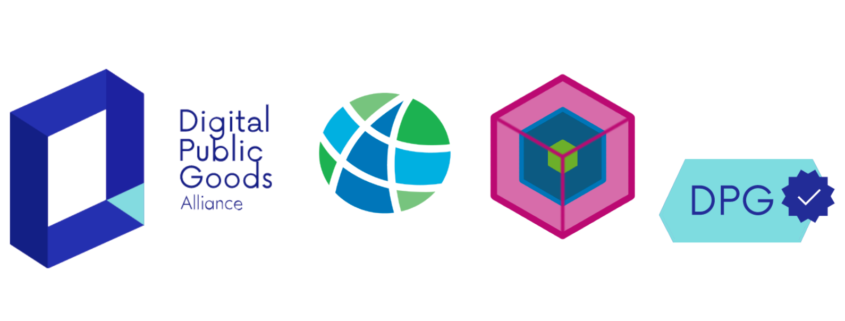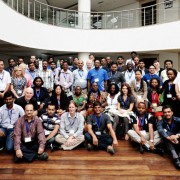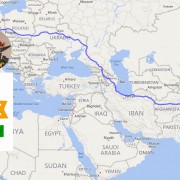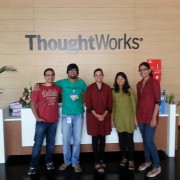Digital Public Good Alliance Launches Five Year Strategy
The Digital Public Goods Alliance (DGPA) is launching its flagship 5 year strategy that guides not only the Alliance itself, but lays the groundwork for collaboration with governments, industry, the UN, civil society, and more. The DPGA is a globally distributed, multi-stakeholder alliance working to accelerate the attainment of the sustainable development goals in low- and middle-income countries by facilitating the discovery, development, use of, and investment in digital public goods.
“DPGs represent an unprecedented opportunity to fundamentally alter power balances and knowledge asymmetries by enabling countries to access cutting edge features by default, drive their own digital transformation processes, and grow their local ecosystems to derive value.”
Liv Marte Nordhaug from the Norwegian Agency for International Development Cooperation and Lucy Harris from UNICEF’s Office of Innovation, co-leads of the DPGA Secretariat, the Alliance’s central coordinating body, have penned a blog post sharing their vision for the DPGA and will be launching this during a Zoom webinar on June 29 at 830am EDT.
This past December we announced that Mifos and Fineract had been recognized as Highlighted Digital Public Goods as part of the Financial Inclusion Community of Practice. Throughout the course of 2021, we’ve had the honor of participating in monthly roundtables with the other DPGs and are pleased to have Mifos and Fineract included in the Financial Inclusion DPGs Digital Public Infrastructures Final Report that is also being formally published at this event.
Since our origins nearly two decades ago, Mifos has been a pioneer in a humanitarian free and open source software. We’ve been honored to a be a part of the Digital Public Goods Alliance and the tremendous work it’s doing to define digital public goods, align development sector focus around them, cultivate the ecosystem for them to flourish, and catalyze new innovation by leveraging them as foundational infrastructure.
These two quotes from Lucy and Liv, respectively, perfectly encapsulate what DPGA is aiming to achieve:
Digital Public Goods Alliance as a supportive convener for a collaborative community, amplifying, concentrating and accelerating the work of thousands united by the belief that we can do better than powerful solutions, we can have solutions that are empowering.
The COVID-19 pandemic has brought home both how far the global digital transformation has come, and how unequally distributed it is between and within countries. I am convinced that digital public goods can be a key equalizer by providing choice and enabling real country ownership, agency and trust.
Here are a few main takeaways from the five year DPGA strategy:
Five Year Objectives
- Digital public goods with high-potential for addressing critical development needs in low and middle-income countries are discoverable, sustainably managed, and accessible for government institutions and other relevant implementing organisations.
- UN-institutions, multilateral development banks and other public and private institutions that are of high relevance for implementation of digital technologies in low- and middle-income countries have the knowledge, capacity and incentives to effectively promote and support adoption of DPGs that address critical development needs.
- Government institutions in low- and middle-income countries have the information, motivation, and capacity to effectively implement DPGs that address critical development needs, including to plan, deploy, maintain and evolve their digital public infrastructures.
- Low- and middle-income countries have vibrant commercial ecosystems in place to create, maintain, implement and incubate DPGs locally.
Strategic Approach
They also outlined six pillars of their strategic approach to achieve the above objectives:
- Align international leadership around Digital Public Goods
- Establish and maintain the Standard and Registry for Digital Public Goods
- Engage expert groups to advance high impact DPGs
- Mobilise and direct funding and resources to effect transformative change across the entire DPG ecosystem
- Enable the UN System, development banks, regional institutions, and international development donors to better support country adaptations and implementations of DPGs
- Strengthen country and regional capacity to build, implement, and manage Digital Public Goods
We are eager to help in the execution of this strategy and to partner with the DPGA to mobilize funding and fuel adoption of DPGs across our ecosystem through pathfinder country implementations.







